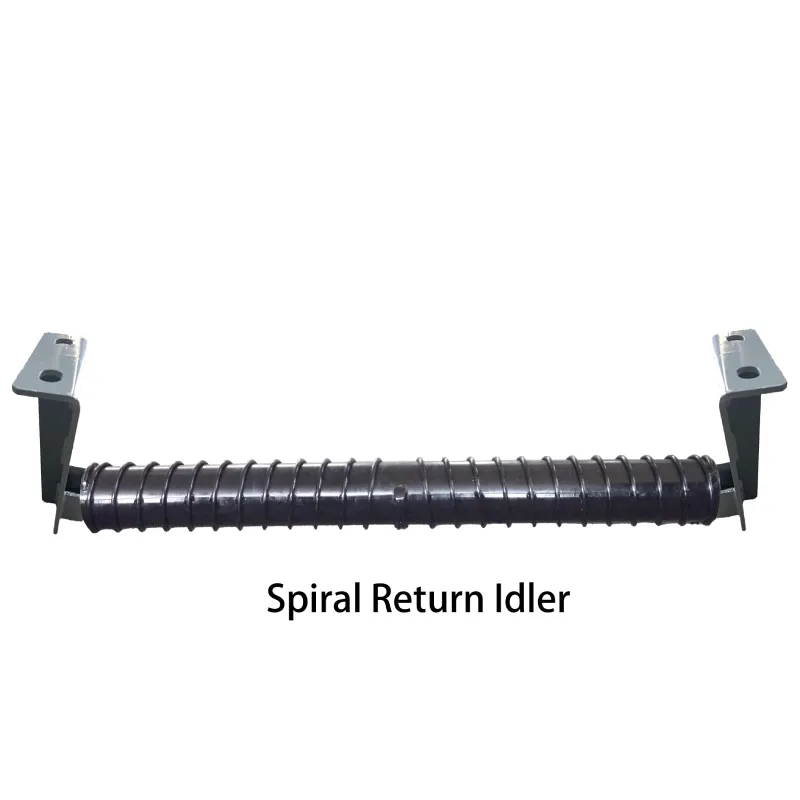 Afrikaans
Afrikaans  Albanian
Albanian  Amharic
Amharic  Arabic
Arabic  Armenian
Armenian  Azerbaijani
Azerbaijani  Basque
Basque  Belarusian
Belarusian  Bengali
Bengali  Bosnian
Bosnian  Bulgarian
Bulgarian  Catalan
Catalan  Cebuano
Cebuano  Corsican
Corsican  Croatian
Croatian  Czech
Czech  Danish
Danish  Dutch
Dutch  English
English  Esperanto
Esperanto  Estonian
Estonian  Finnish
Finnish  French
French  Frisian
Frisian  Galician
Galician  Georgian
Georgian  German
German  Greek
Greek  Gujarati
Gujarati  Haitian Creole
Haitian Creole  hausa
hausa  hawaiian
hawaiian  Hebrew
Hebrew  Hindi
Hindi  Miao
Miao  Hungarian
Hungarian  Icelandic
Icelandic  igbo
igbo  Indonesian
Indonesian  irish
irish  Italian
Italian  Japanese
Japanese  Javanese
Javanese  Kannada
Kannada  kazakh
kazakh  Khmer
Khmer  Rwandese
Rwandese  Korean
Korean  Kurdish
Kurdish  Kyrgyz
Kyrgyz  Lao
Lao  Latin
Latin  Latvian
Latvian  Lithuanian
Lithuanian  Luxembourgish
Luxembourgish  Macedonian
Macedonian  Malgashi
Malgashi  Malay
Malay  Malayalam
Malayalam  Maltese
Maltese  Maori
Maori  Marathi
Marathi  Mongolian
Mongolian  Myanmar
Myanmar  Nepali
Nepali  Norwegian
Norwegian  Norwegian
Norwegian  Occitan
Occitan  Pashto
Pashto  Persian
Persian  Polish
Polish  Portuguese
Portuguese  Punjabi
Punjabi  Romanian
Romanian  Russian
Russian  Samoan
Samoan  Scottish Gaelic
Scottish Gaelic  Serbian
Serbian  Sesotho
Sesotho  Shona
Shona  Sindhi
Sindhi  Sinhala
Sinhala  Slovak
Slovak  Slovenian
Slovenian  Somali
Somali  Spanish
Spanish  Sundanese
Sundanese  Swahili
Swahili  Swedish
Swedish  Tagalog
Tagalog  Tajik
Tajik  Tamil
Tamil  Tatar
Tatar  Telugu
Telugu  Thai
Thai  Turkish
Turkish  Turkmen
Turkmen  Ukrainian
Ukrainian  Urdu
Urdu  Uighur
Uighur  Uzbek
Uzbek  Vietnamese
Vietnamese  Welsh
Welsh  Bantu
Bantu  Yiddish
Yiddish  Yoruba
Yoruba  Zulu
Zulu conveyor drum pulley
Understanding Conveyor Drum Pulleys A Comprehensive Overview
Conveyor drum pulleys are critical components in the design and functionality of conveyor systems, which are extensively used across various industries, including mining, manufacturing, and logistics. These pulleys play a vital role in the movement of materials by driving the conveyor belt and supporting the structural integrity of the entire system. In this article, we will delve into the purpose, types, and significance of conveyor drum pulleys, ensuring a comprehensive understanding of their importance.
Purpose of Conveyor Drum Pulleys
The primary function of a conveyor drum pulley is to provide end support and drive to the conveyor belt. By converting rotational motion from a motor into linear movement, these pulleys enable the transport of bulk materials over significant distances. They are usually positioned at the ends of conveyor belts, with one pulley acting as the drive pulley and the other as a return or tail pulley. The drive pulley is powered by an electric motor, which rotates the drum and initiates the movement of the conveyor belt.
In addition to driving the belt, drum pulleys also serve to maintain proper belt tension, which is crucial for efficient operation. Proper tension ensures that the belt operates smoothly without slipping, which could lead to premature wear or operational failures. Furthermore, their design allows for the easy handling of the belt during maintenance and replacement procedures.
Types of Conveyor Drum Pulleys
There are several types of conveyor drum pulleys, each designed for specific applications and operational conditions
. The most common types include1. Drive Pulleys As the name suggests, these pulleys are responsible for driving the conveyor belt. They are typically grooved to enhance belt grip and reduce slippage.
conveyor drum pulley

2. Tail Pulleys Positioned at the opposite end of the drive pulley, tail pulleys help to support the belt and maintain its path. They often feature a flat surface that ensures the belt can return smoothly.
3. Snub Pulleys These pulleys are used to change the direction of the conveyor belt or to increase the amount of wrap and tension on the drive pulley. This is particularly useful in applications where additional tension is required.
4. Return Pulleys These are designed to support the return portion of the conveyor belt, ensuring it runs smoothly back to the drive pulley.
5. Impact Pulleys Placed at loading zones, impact pulleys are specifically designed to withstand significant loads and forces as materials are deposited onto the conveyor belt. They help absorb shock and reduce the risk of damage to the belt and the conveyor structure.
Significance in Industry
The significance of conveyor drum pulleys cannot be overstated. Their robust construction and functionality ensure that conveyor systems operate efficiently, reducing downtime and maintenance costs. High-quality drum pulleys can withstand harsh operating conditions, including heavy loads, abrasive materials, and extreme temperatures.
Moreover, selecting the appropriate type of pulley for a particular application can enhance the performance and longevity of the conveyor system. Industries are increasingly investing in advanced materials and engineering techniques to design drum pulleys that are not only more resilient but also lighter and more efficient.
In conclusion, conveyor drum pulleys are indispensable in the realm of material handling and transportation. Understanding their purpose, types, and significance helps in selecting the right components for specific applications, ensuring optimal performance and reliability in conveyor systems. As industries continue to evolve and embrace technological advancements, the role of drum pulleys will undoubtedly adapt, further enhancing their contributions to efficient material handling processes.
-
Revolutionizing Conveyor Reliability with Advanced Rubber Lagging PulleysNewsJul.22,2025
-
Powering Precision and Durability with Expert Manufacturers of Conveyor ComponentsNewsJul.22,2025
-
Optimizing Conveyor Systems with Advanced Conveyor AccessoriesNewsJul.22,2025
-
Maximize Conveyor Efficiency with Quality Conveyor Idler PulleysNewsJul.22,2025
-
Future-Proof Your Conveyor System with High-Performance Polyurethane RollerNewsJul.22,2025
-
Driving Efficiency Forward with Quality Idlers and RollersNewsJul.22,2025





























